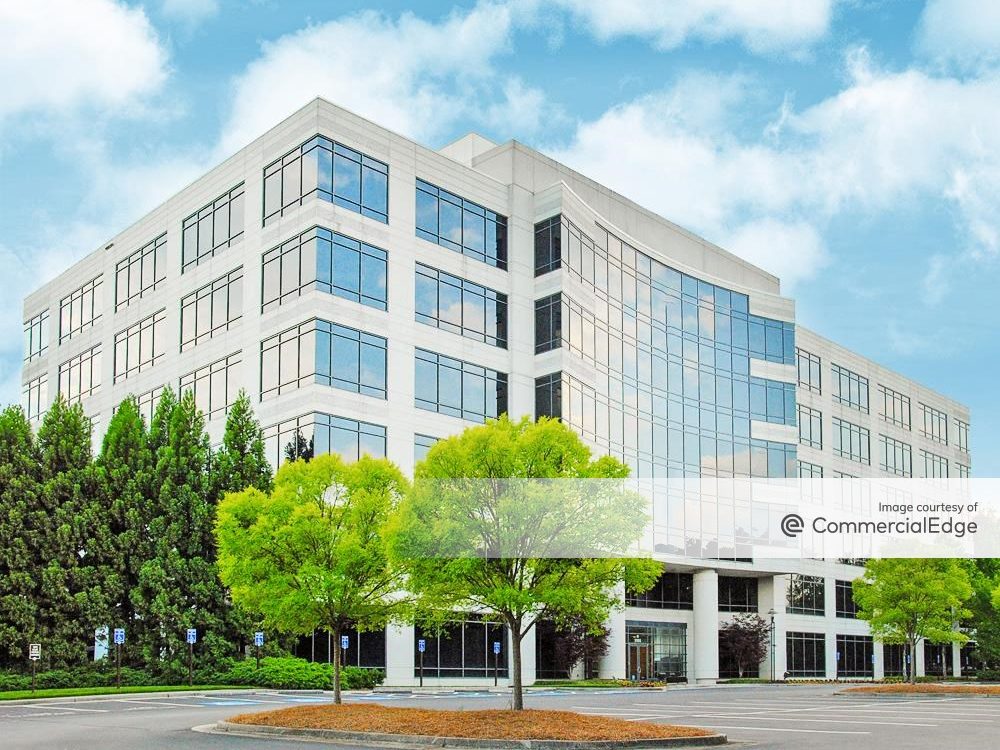What the Hike in M&A Activity Signals
Global mergers and acquisitions activity bounced back in the second half of 2020. What's next?

CBRE MarketFlash Global M&A and Real Estate Investment Volume (trailing 12 months, US$ billions). Source CBRE Research, Real Capital Analytics
Corporate mergers and acquisitions activity skyrocketed to a global total of $2.2 trillion in the second half of 2020, signaling commercial real estate investment activity is on its heels, according to CBRE’s latest Global MarketFlash.
Global M&A activity soared to its highest half-year total on record. As a result, 2020 recorded M&A activity totaling just 7 percent below that seen in 2019, despite the disruption of the worldwide pandemic.
Experts didn’t anticipate such a remarkable performance, but the reasons are now evident.
“The sharp upturn in M&A activity reflects the really strong boost from government and central bank stimulus, as well as great progress on the vaccine,” Richard Barkham, global chief economist with CBRE, told Commercial Property Executive.
READ ALSO: Why Most REITs Remain Lean and Liquid: Q&A
The high level of M&As can further be attributed to ongoing improvement of the debt and equity markets, as well as increased business confidence, particularly in the technology, media and telecommunications sectors.
According to the CBRE report, the strong M&A volume is a harbinger of robust CRE activity ahead. The very close correlation between M&A activity and CRE investment was one of the most unexpected findings of the study, Barkham conceded.
“It could be, ‘when the tide rises all the boats float up’ effect of general sentiment. M&A activity leads CRE because the market is more liquid and has less need for physical inspection,” he said.
Great Implications
While global real estate investment volume will increase just as global M&A activity has, there’s more to the relationship between M&A and CRE. As noted in the report, corporate consolidations typically transpire when earnings are strong—and strong earnings benefit real estate by bolstering investment, hiring and demand for square footage.
Additionally, changes in the workplace—such as flexible working models, labor migration and technology advancements—will require evolving business solutions, including workplace design and professionally managed properties, and M&A will assist businesses in transitioning through various real estate strategies.
Finally, emerging opportunities to acquire oversold REITs will yield increased M&A activity in the real estate sector.
READ ALSO: Designing for a More Effective Office Space
The velocity of M&A activity continues to rebound at a fast pace in 2021, and looking ahead, there appears to be no end in sight.
“If the economy performs as forecast, 6.7 percent GDP growth in 2021, and 4.4 percent in 2022, (we can expect) continued strong M&A activity, maybe the strongest ever, with CRE investment getting ever stronger as business travel resumes,” Barkham noted.
Presently, opportunities abound in CRE investing. In its report, CBRE points to solid-performing sectors like industrial and multifamily, in addition to specialty sectors such as life sciences and data centers. And as CRE investment activity goes on the upswing, it will take place in the public market, particularly SPAC transactions, as well as the private markets.







You must be logged in to post a comment.